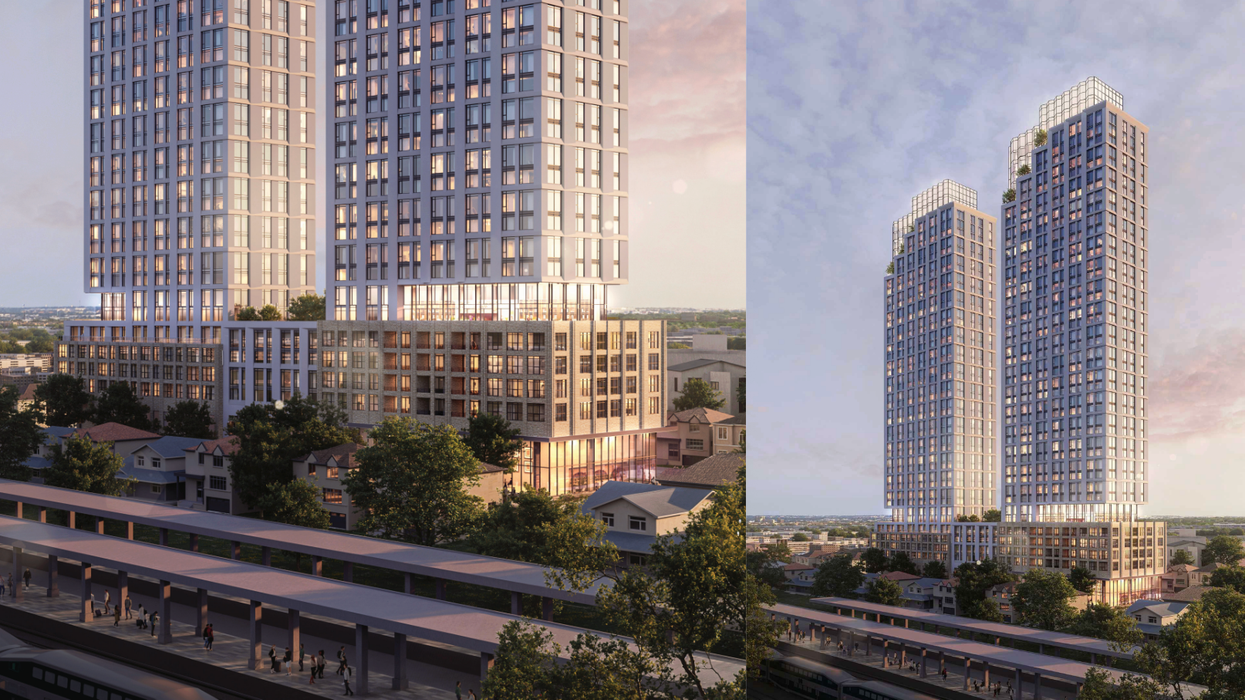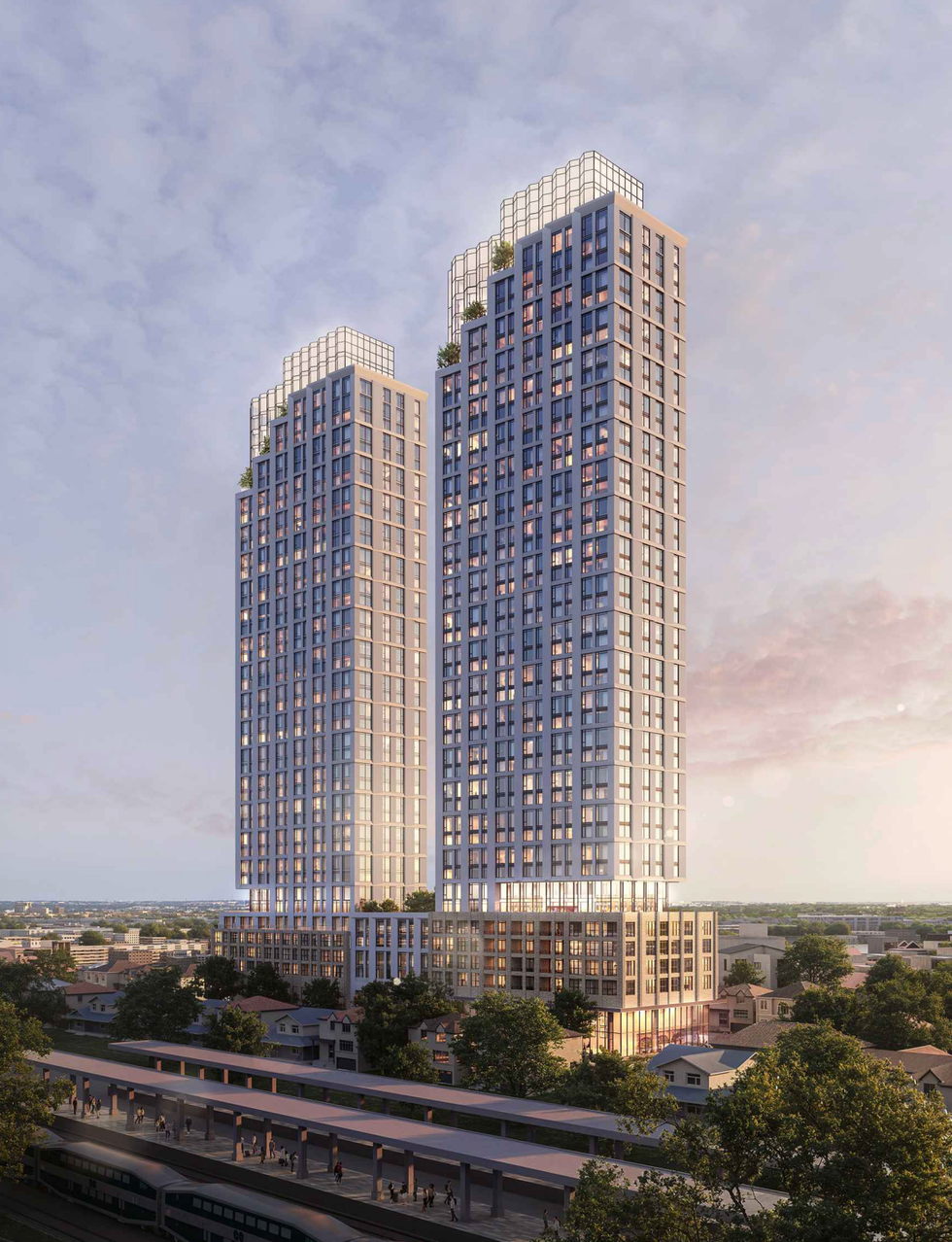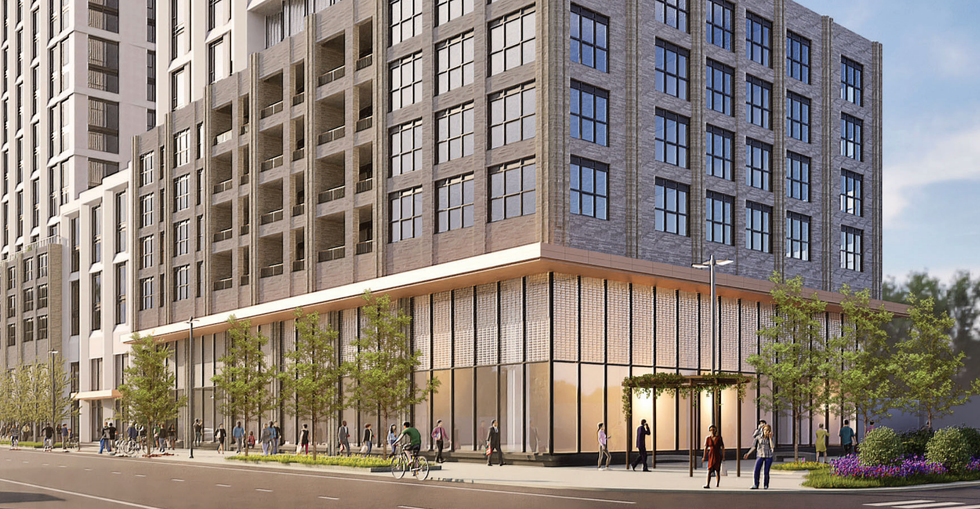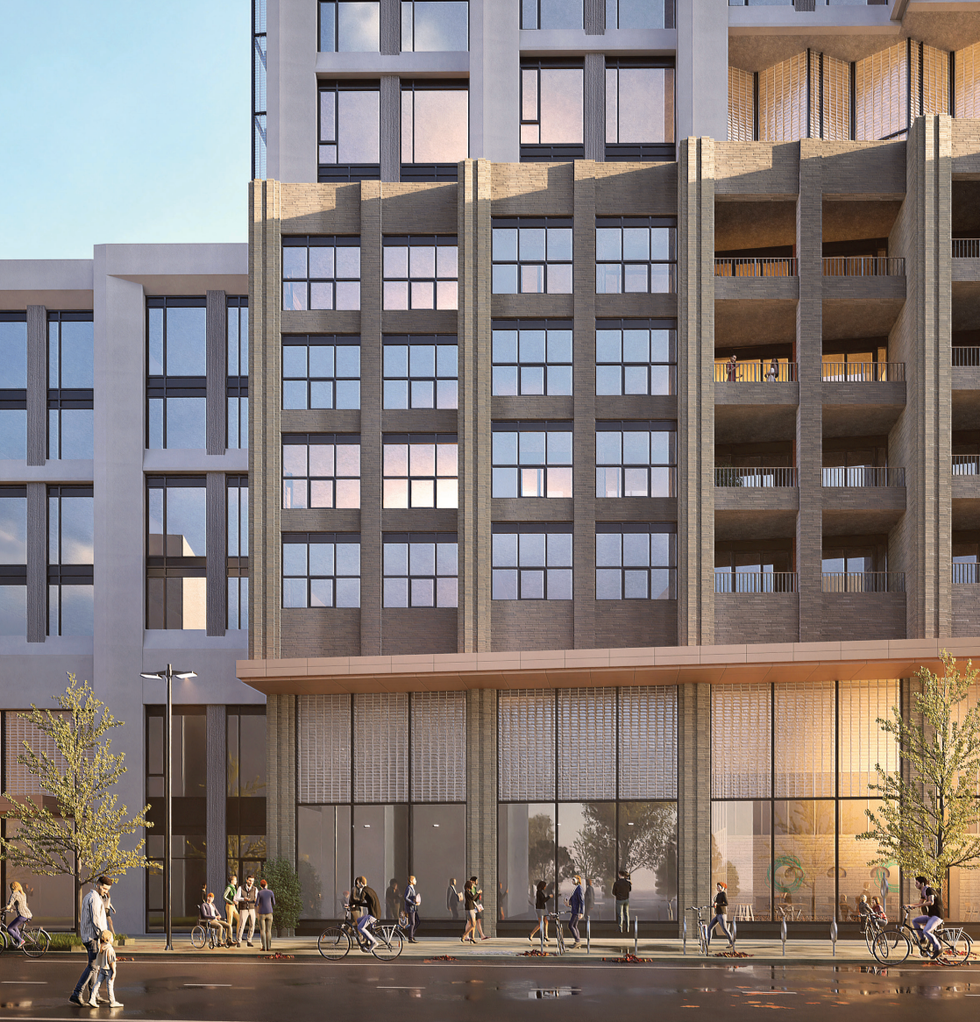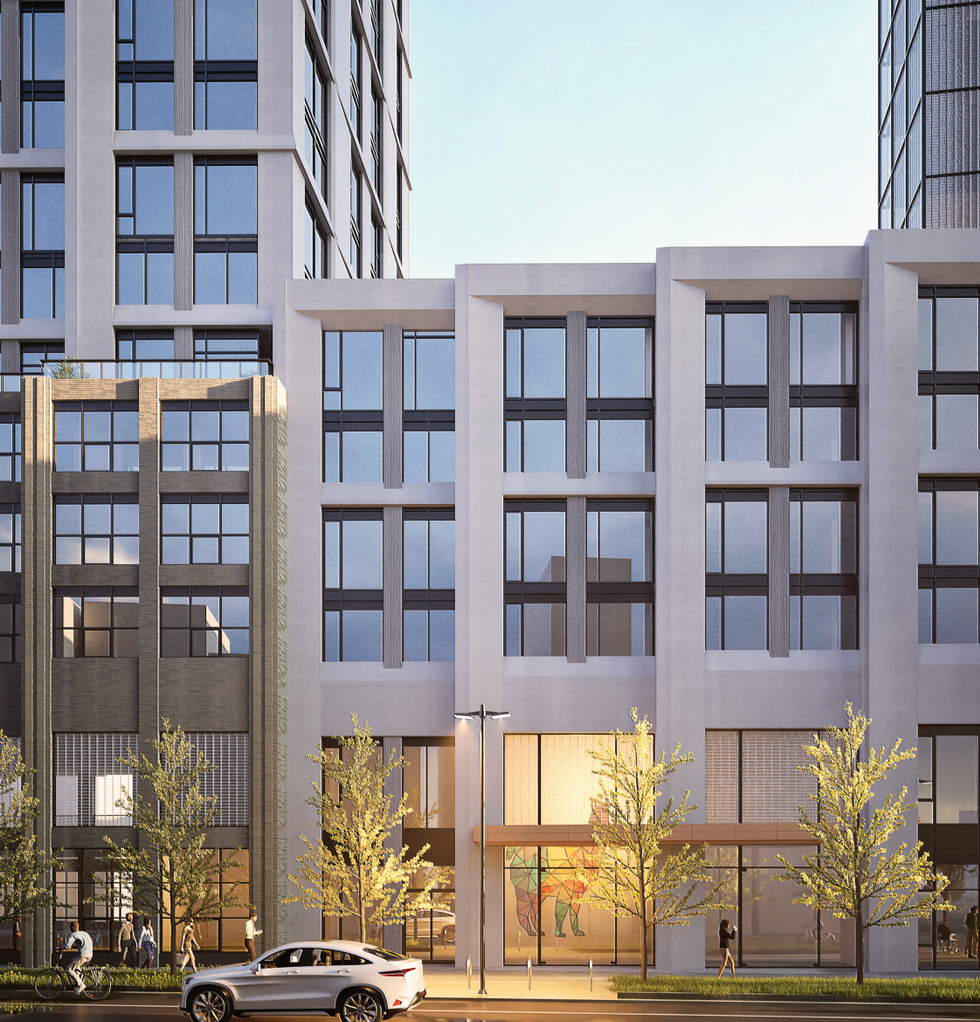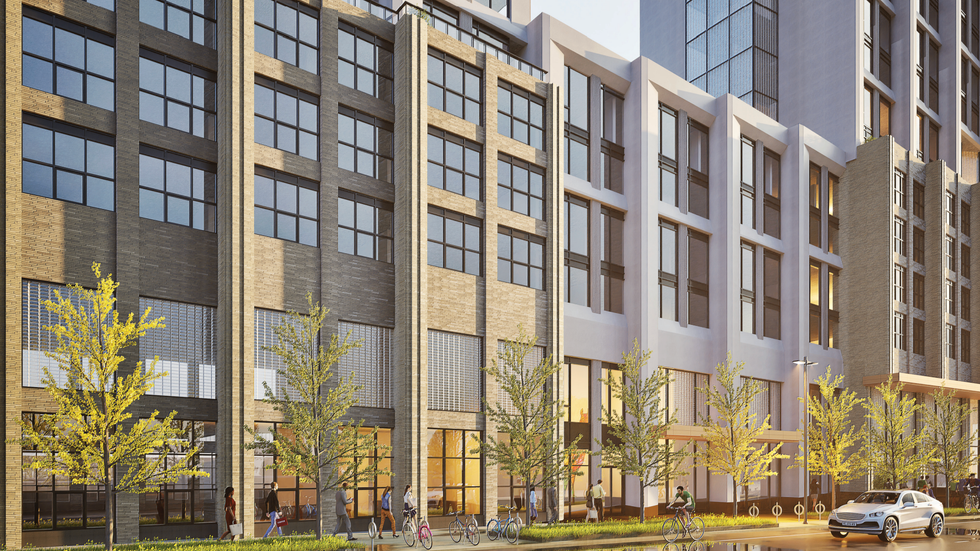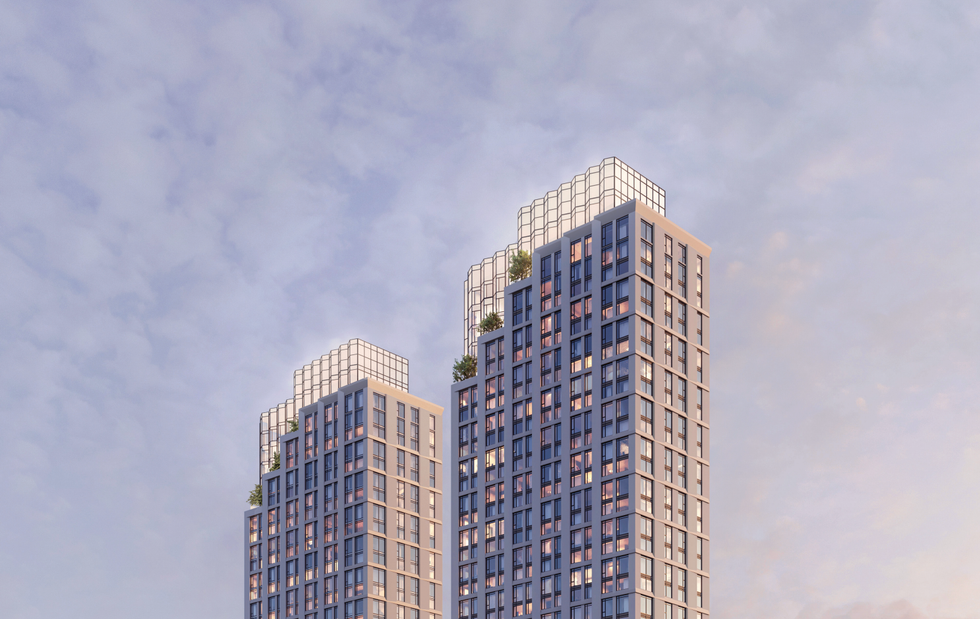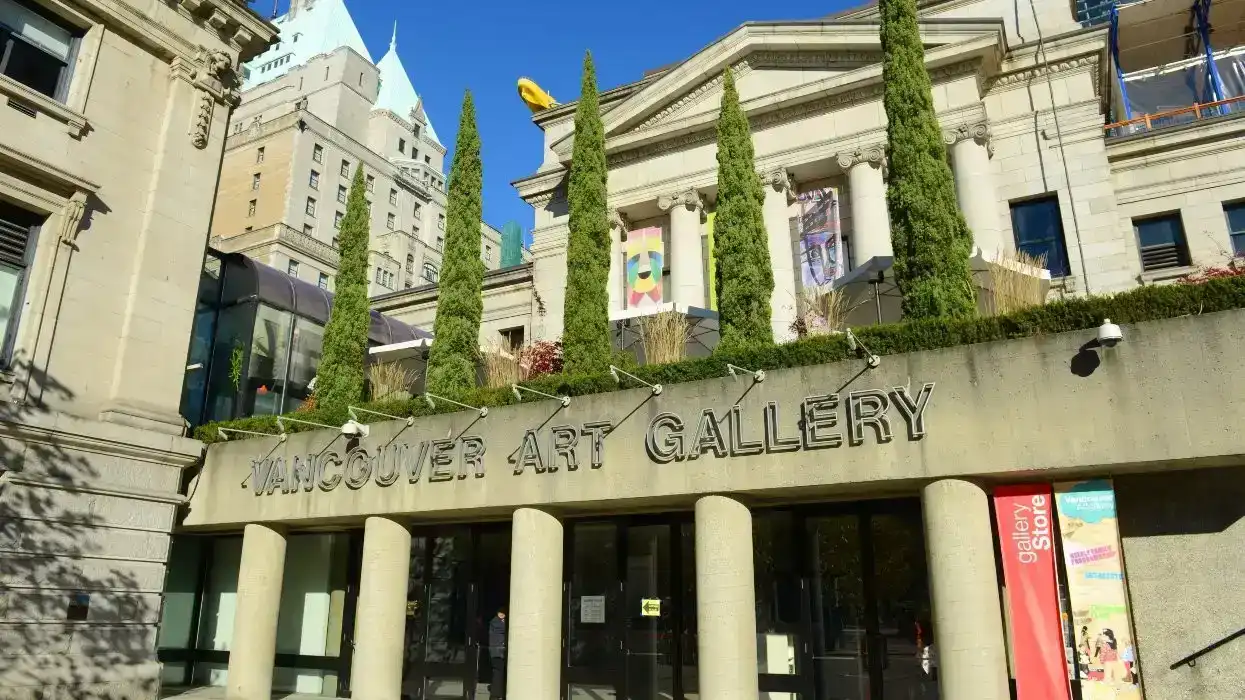Tenant Rights
Explore tenant rights in Canadian real estate — what renters are entitled to, how laws protect them, and how disputes are resolved legally.

June 06, 2025
What are Tenant Rights?
Tenant rights refer to the legal protections and entitlements that tenants have under provincial residential tenancy laws in Canada.
Why Tenant Rights Matter in Real Estate
In Canadian rental housing, tenant rights ensure fair treatment, safety, and privacy in accordance with laws such as the Residential Tenancies Act or equivalent provincial statutes.
Core tenant rights include:
- Safe, habitable living conditions
- Notice before landlord entry
- Protection from unlawful eviction
- Timely repairs and maintenance
- Rent increase limits and dispute resolution
These rights are enforced by landlord-tenant boards or provincial housing authorities.
Understanding tenant rights helps renters advocate for fair treatment and landlords comply with legal requirements.
Example of Tenant Rights in Action
After receiving short notice of an eviction, the tenant asserts their right to 60 days’ notice under provincial tenancy law.
Key Takeaways
- Established by provincial legislation
- Protects housing access and safety
- Includes rules for eviction and rent
- Enforced by tenancy boards or tribunals
- Critical for renter advocacy
Related Terms
- Lease Agreement
- Residential Tenancies Act
- Eviction
- Landlord Responsibilities
- Rent Control

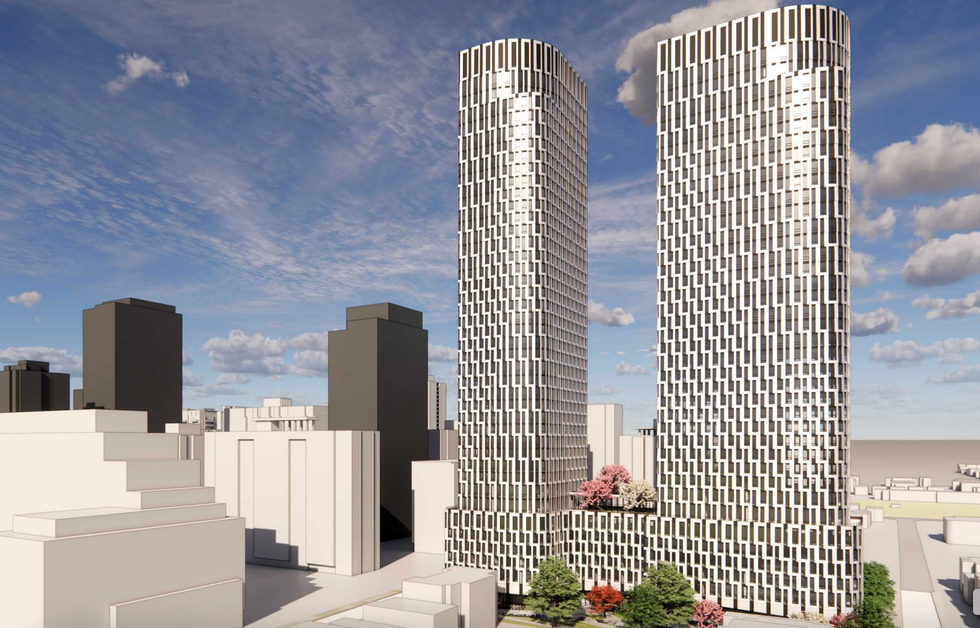

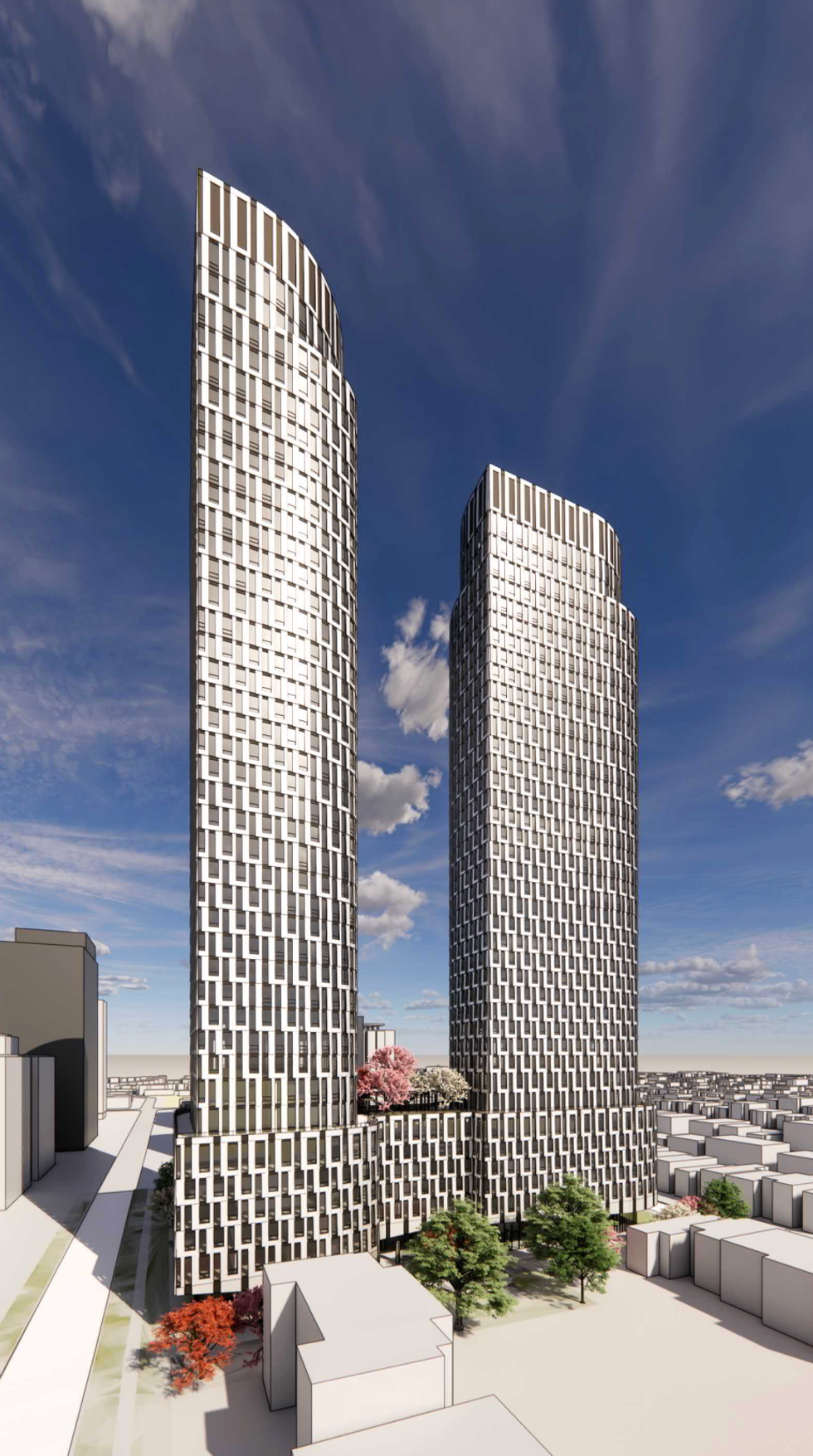

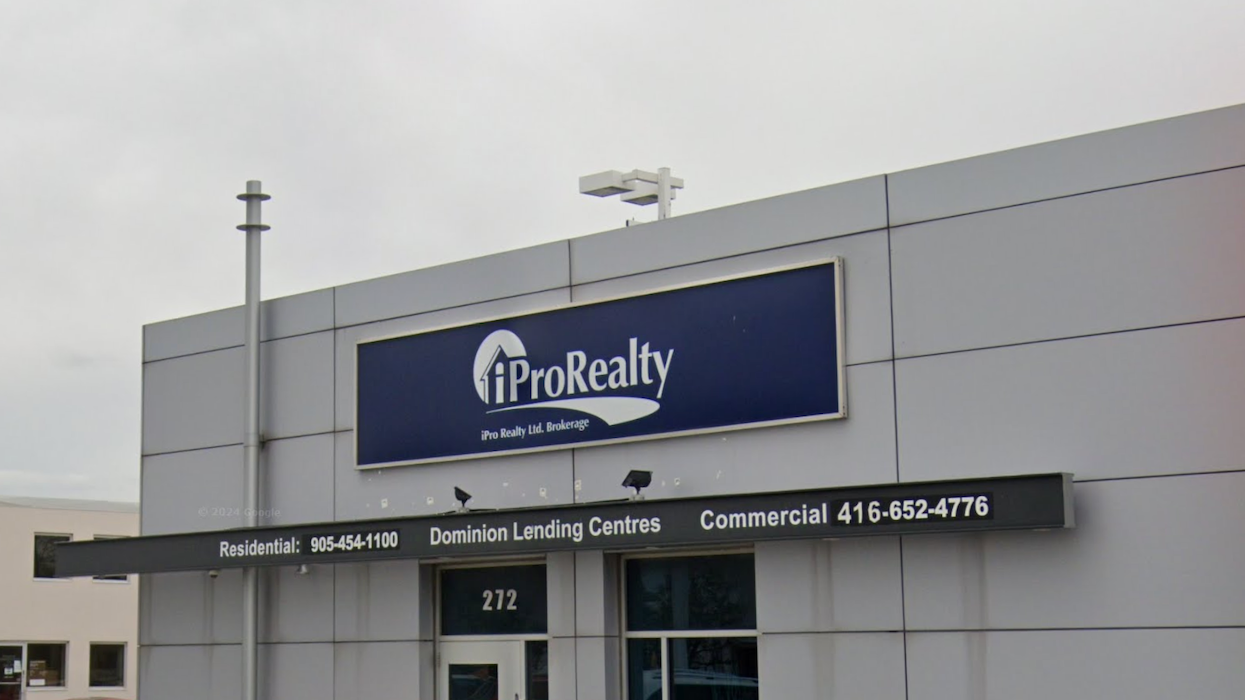
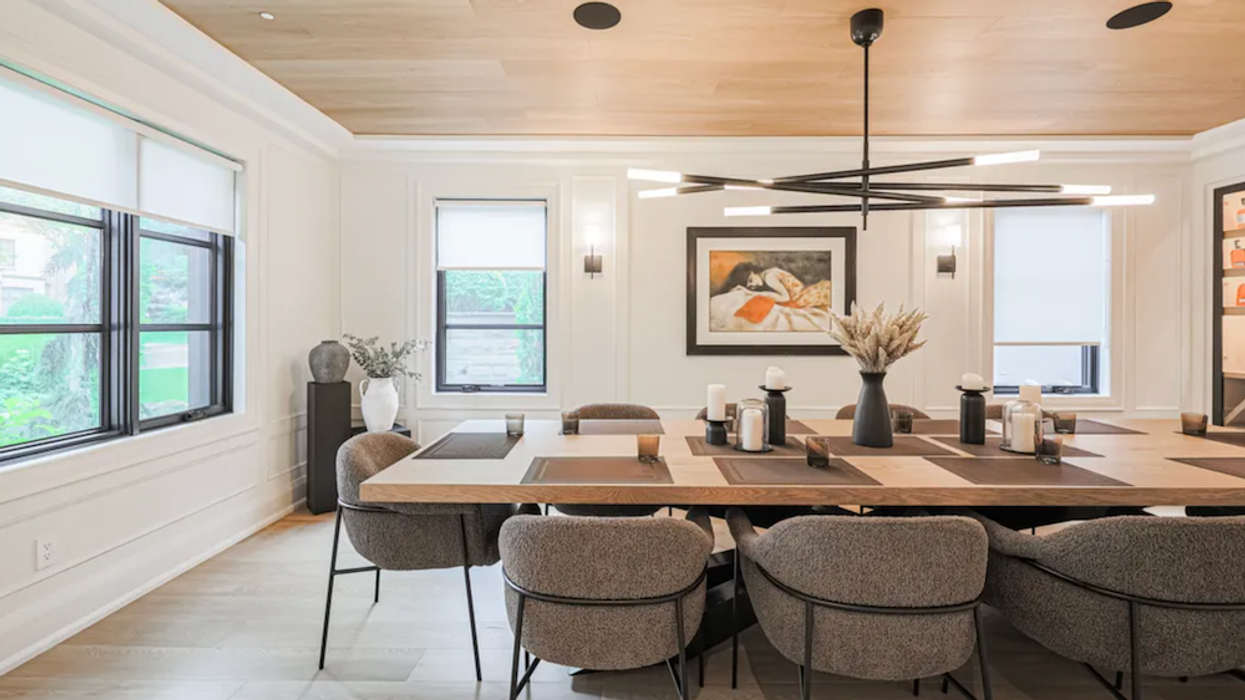
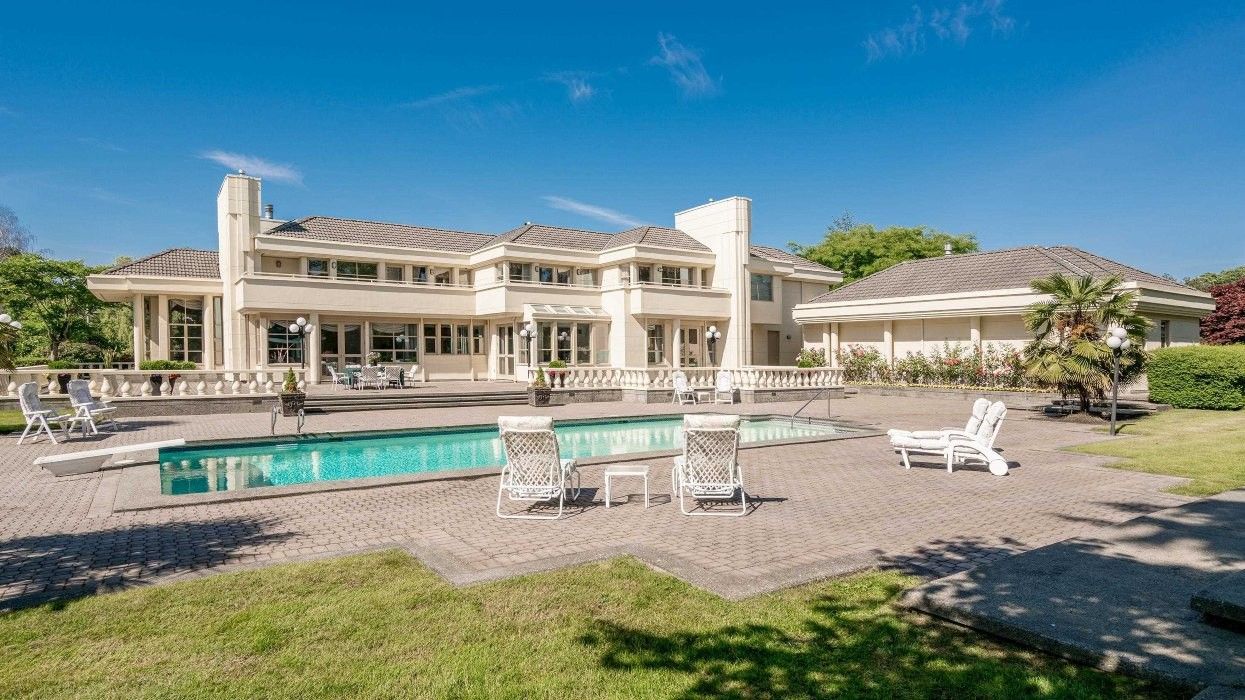


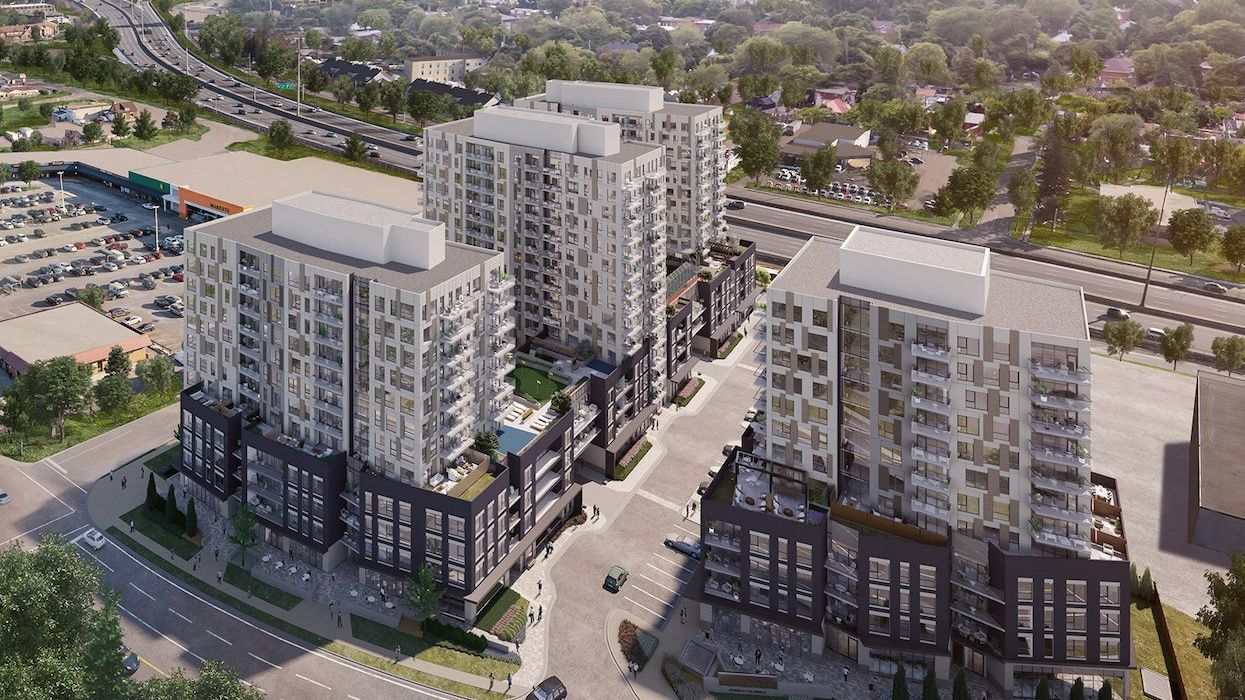

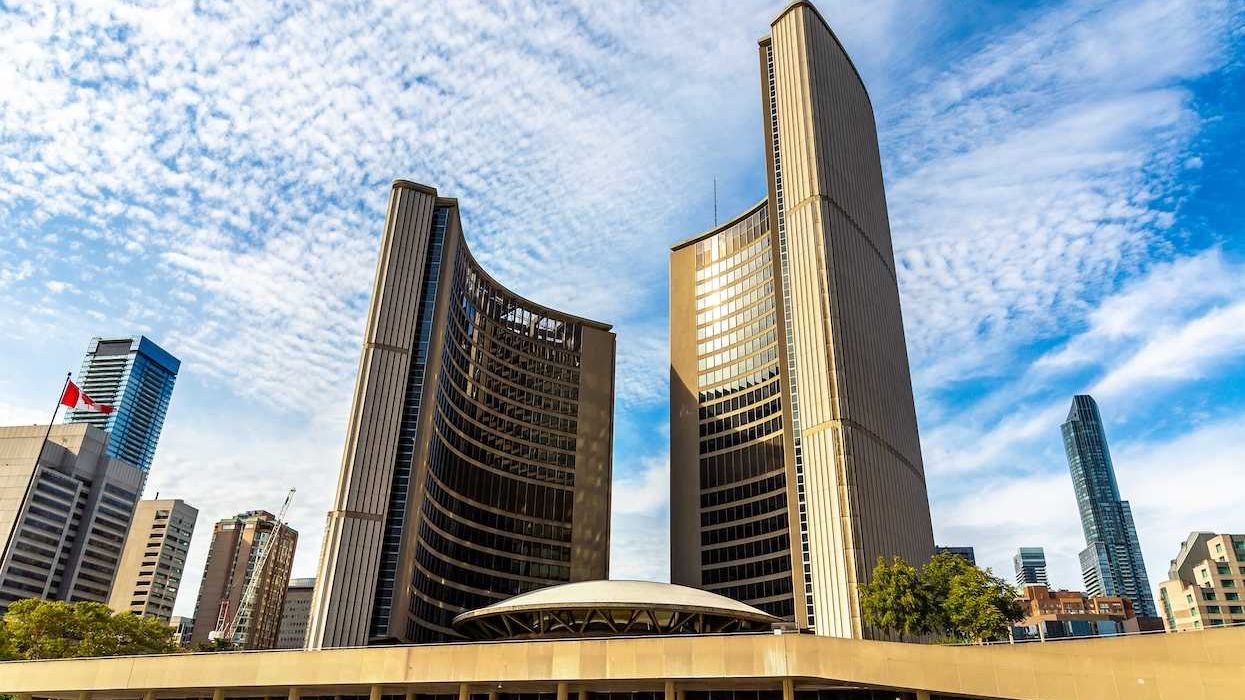
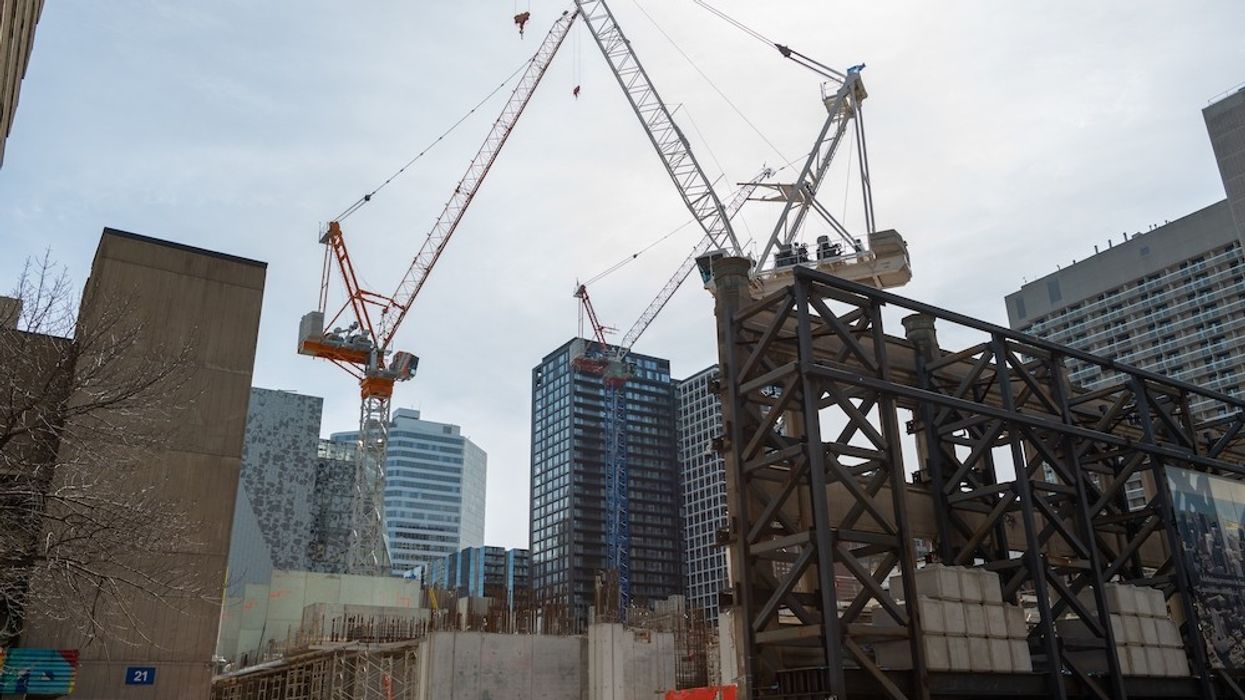
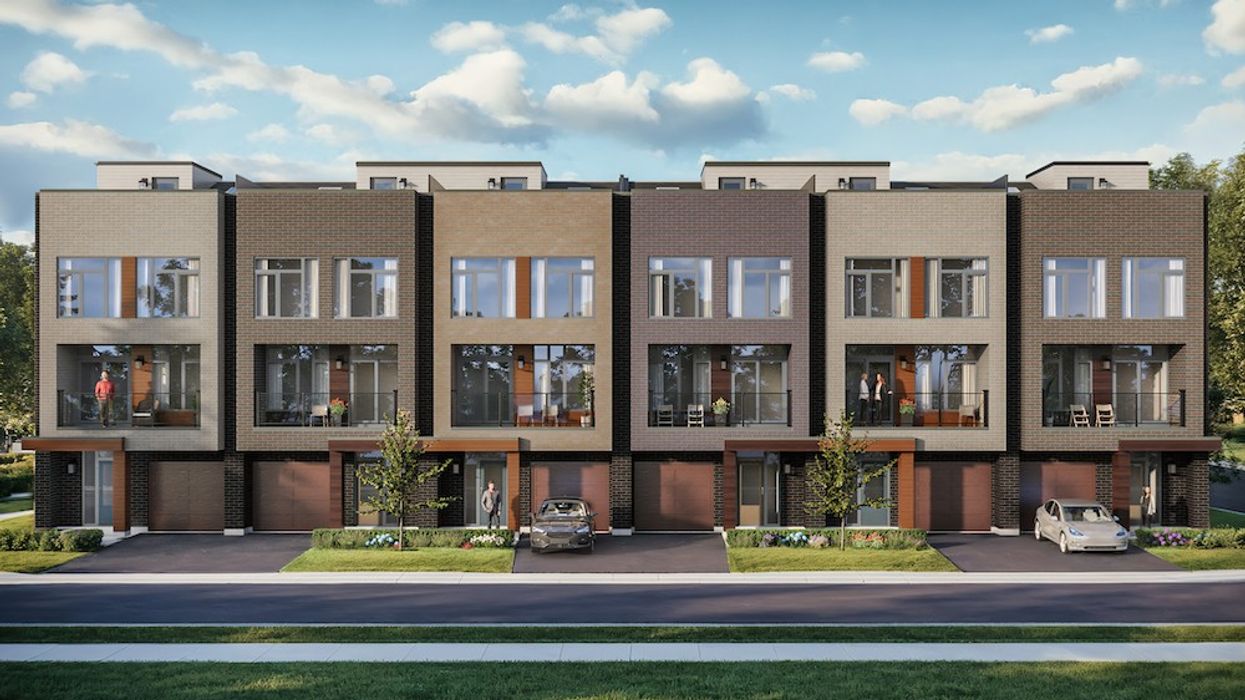
 Camcos Living
Camcos Living Shutterstock
Shutterstock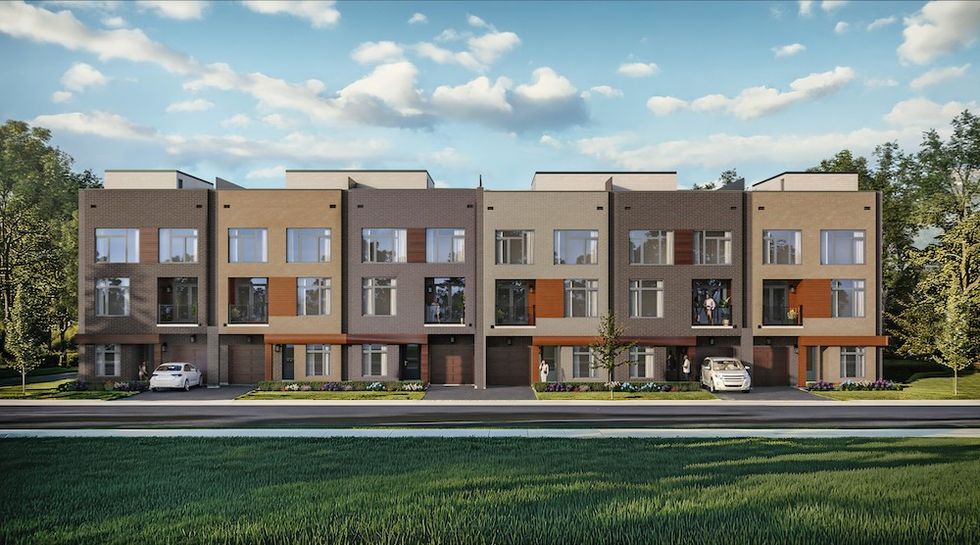 Little Rouge Block G/Camcos
Little Rouge Block G/Camcos Camcos Living
Camcos Living Camcos Living
Camcos Living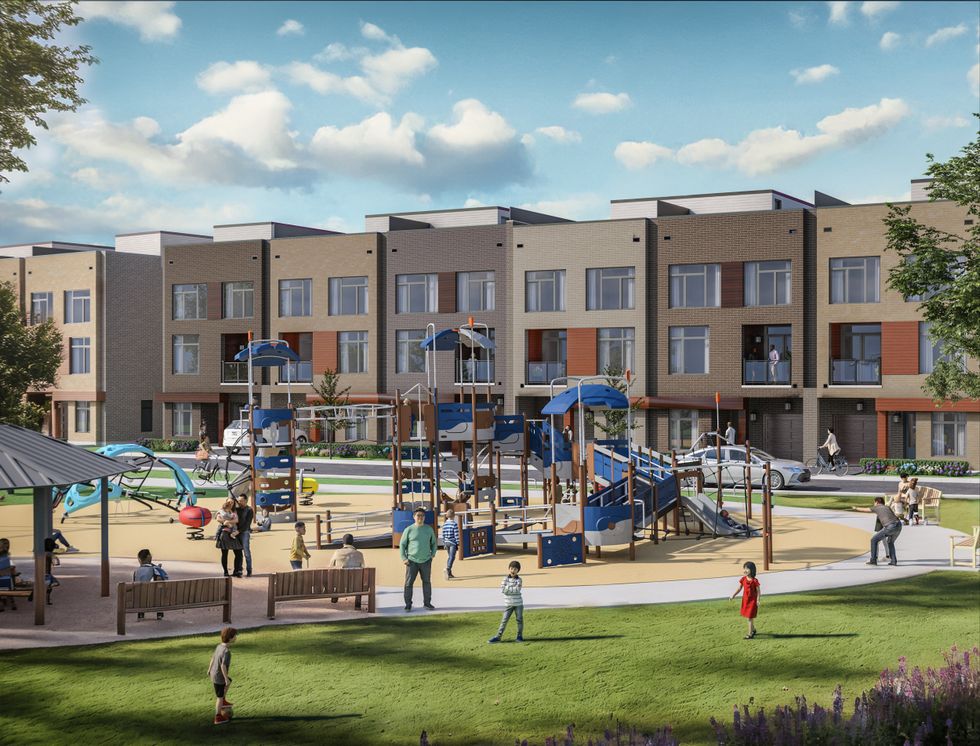 Camcos
Camcos
